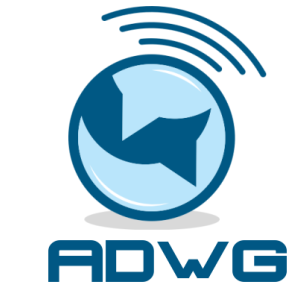Direct Inward Dialing (DID) is a feature of business phone systems that allows callers to dial a specific extension or phone number to reach a particular employee or department within a company. DID can help streamline communication, reduce wait times, and improve customer satisfaction. In this article, we’ll explore what DID is, how it works, and the many benefits it can offer for businesses.
What is DID?
DID, or Direct Inward Dialing, is a telephone service that allows customers to reach a specific extension or user without having to go through a switchboard or automated receptionist. It is an efficient way of routing calls to the right person or department without the need for an operator, allowing businesses to provide a better customer experience.
DID is also sometimes referred to as a virtual phone number, as it allows businesses to provide a local number to customers that can be redirected to any other number, regardless of its physical location. DID is a very useful tool for businesses that need to manage a high volume of incoming calls, as it can be used to streamline the process and improve customer service.
How does DID work?
DID works by assigning a unique telephone number to each user or department within a business. The DID number is then linked to the user’s physical telephone line, allowing incoming calls to be routed directly to that line. This eliminates the need for an operator to connect the call and allows the call to be quickly and efficiently routed to the right person.
The benefits of using DID
DID offers a number of benefits for businesses, including:
- Improved customer service: By eliminating the need for an operator, DID can significantly improve customer service by providing a faster and more efficient way of routing calls to the right person.
- Increased scalability: DID allows businesses to easily add new lines and extensions as their business grows, allowing them to scale up quickly and efficiently.
- Cost savings: As there is no need for an operator, businesses can save money on labor costs.
Setting up DID on your business phone system
Prerequisites
Before setting up DID on your business phone system, there are a few prerequisites that need to be met. These include:
- A compatible VoIP system: DID requires a VoIP phone system, such as an IP-PBX, that is capable of supporting DID.
- A DID provider: You will need to sign up for a DID service from a DID provider in order to get the numbers you need.
- A local area code: You will need to choose a local area code for your DID number.
Steps for setting up DID
Once you have met the prerequisites, you can begin the setup process. The steps for setting up DID on your business phone system are as follows:
- Choose a DID provider: Choose a DID provider that offers the features and services you need.
- Sign up for a DID service: Sign up for a DID service from the provider you have chosen.
- Set up a DID number: Set up a DID number for each user or department in your business.
- Configure the PBX: Configure your VoIP phone system to route calls to the appropriate DID number.
- Test the setup: Test the setup to make sure that incoming calls are being routed correctly.
How can DID improve customer service and reduce wait times?
Customer service and wait times are key areas of focus for businesses of all sizes. Delivering outstanding customer service and reducing wait times are essential for achieving customer satisfaction and building long-term loyalty. One way to improve both customer service and reduce wait times is to implement a Digital Identity and Digital Credential (DID) solution.
A DID solution can help to streamline customer interactions, reduce wait times, and improve customer service. For example, customers can quickly and easily register their digital identity and digital credentials in order to receive personalized customer service. This helps to reduce wait times as customers do not need to provide any additional information.
In addition, DID solutions can also be used to enable a more personalized customer experience. Customers can receive tailored offers and promotions based on their digital identity, which can help to improve customer service and reduce wait times. Furthermore, DID solutions can also be used to store customer data securely, which can further improve customer service and reduce wait times as customers do not need to provide their personal information multiple times.
Finally, DID solutions can also be used to automate customer service processes. This can help to reduce wait times as customers do not need to wait for a customer service representative to be available. Instead, they can use the automated processes to quickly and easily resolve their queries.
To summarize, DID solutions can help to improve customer service and reduce wait times. By enabling customers to quickly and easily register their digital identity and digital credentials, businesses can reduce wait times and improve customer service. Furthermore, DID solutions can also be used to enable a more personalized customer experience, store customer data securely, and automate customer service processes. All of these features can help to improve customer service and reduce wait times.

